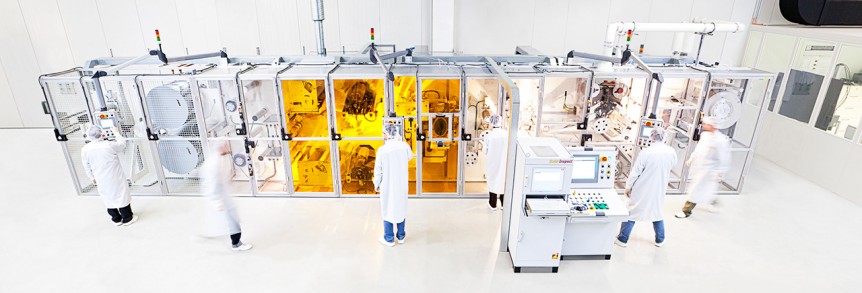Tribolectrics Your editor has long promoted the idea of the Grand Unified Airplane, a vehicle which would essentially power itself from sunlight, piezoelectrics, structural batteries, and even the friction of the air over its surfaces. He wrote about the concept in the May, 2013 Kitplanes, and has noted an increasing number of articles in scientific journals describing a variety of nanogenerators, including tribolectric types. Tribolectrics are not new, having been discovered in the 18th century and initially quantified by Johan Carl Wilcke, a Swedish Physicist in 1757. “Tribo” comes from the Greek for “rub,” and as shown in the following video, even the rubbing of air over a surface can generate electricity. Note that about the 1:25 point Dr. Wang blows across the nanogenerator and lights up the LEDs. Taking that idea and running with it, Warsaw-based designer Michal Bonikowski designed the Eather One to run on electricity generated during the airplane’s movement through the air. As exotic as it …
Thin Film Solar Film Hits New Highs
Imagine covering your electric airplane with a light-collecting, energetic coating that generates enough juice to extend the battery-only range of your electric airplane. That possibility comes to mind from seeing recent articles about Heliatek’s organic solar cells, which demonstrated a solar-collecting efficiency of 13.2 percent. That’s only about one-third of what the best silicon solar cells can do, but those tend to be relatively thick, heavy, and brittle. Heliatek has managed to make a six-layer thin-film cell in which the active layers are only 250 nanometers (0.00000984252 inches) thick. Sandwiched within protective layers and weighing less than a kilogram per square meter (a few ounces per square foot) HeliaFilm™ can be wrapped around a radius of 10 centimeters (just under four inches). Performance figures are for opaque cells. Transparent cells which could be placed on windows or canopies have a transparency level up to 50 percent and an efficiency of six percent. HeliaFilm® is available in lengths from 0.3 to 2.0 …


